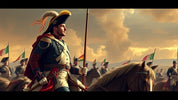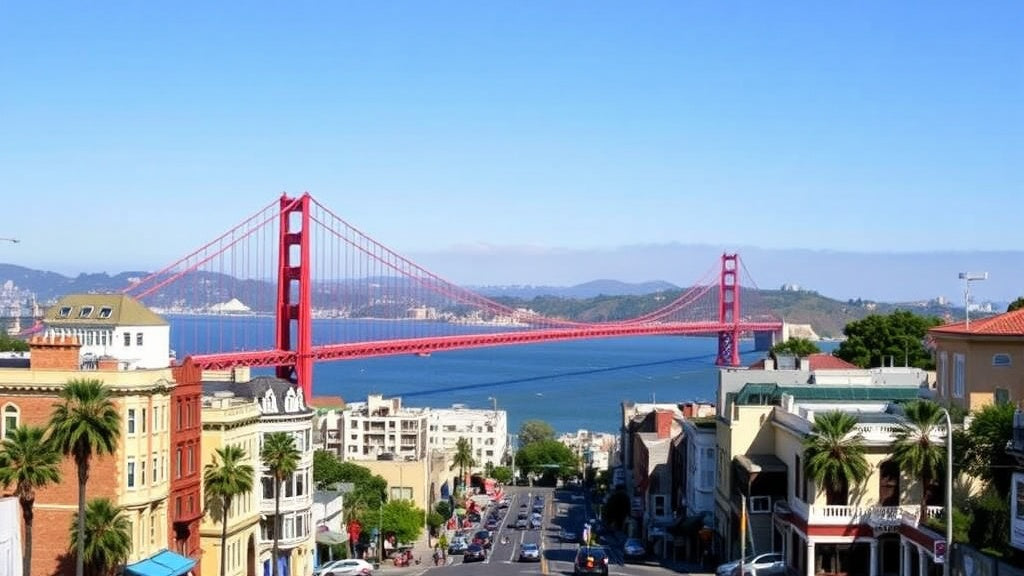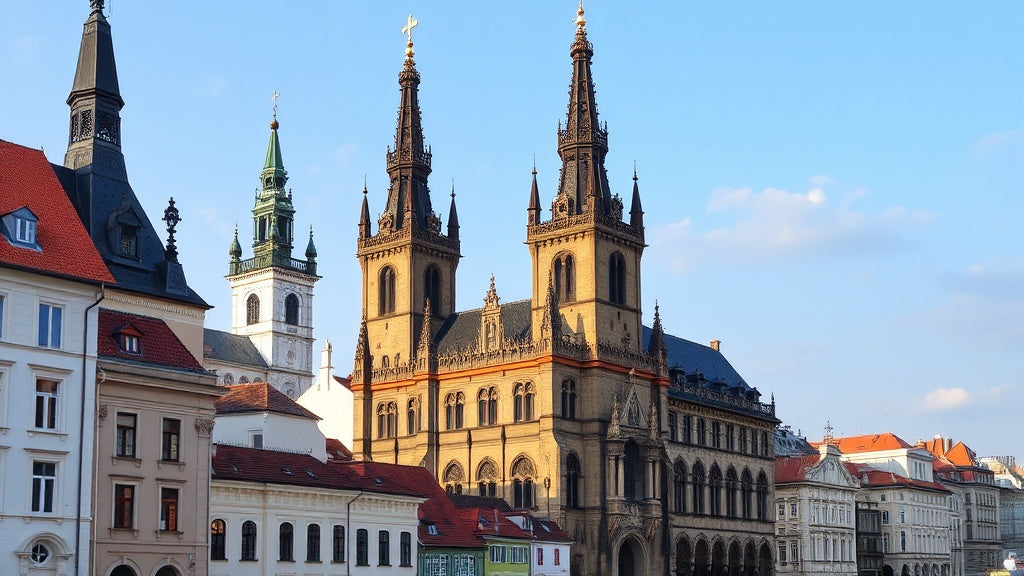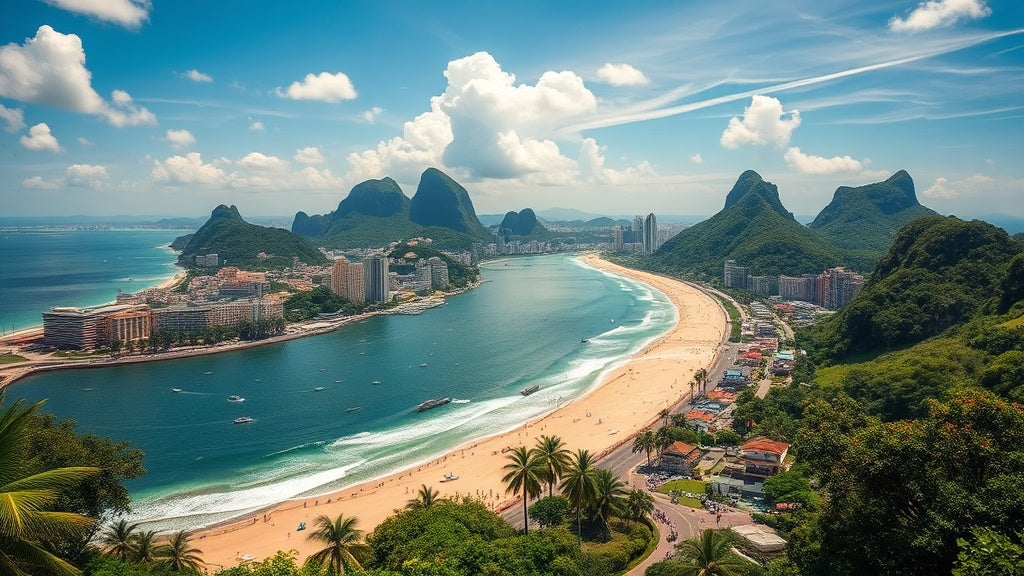
Napoleon's Italian Campaign: How a Young General Became a Legendary Conqueror
, by Unboxify, 5 min reading time

, by Unboxify, 5 min reading time
In 1792, amidst the chaos of the French Revolutionary Wars, Europe was a battleground of changing alliances and unrelenting conflict. The nascent French Republic seemed destined to be extinguished quickly by its neighbors. Perhaps miraculously, France managed to hold on, thanks to massive mobilization, patriotic zeal, and its formidable military prowess.
By 1795, the Republic had seized the Low Countries, while Prussia and Spain withdrew from the war. However, France was still surrounded by a powerful coalition of enemies including the Austrian Empire, the Kingdoms of Piedmont-Sardinia, Naples, Great Britain, and a counter-revolutionary rebellion in the Vendée region of western France.
The government in Paris, now ruled by the Directory, was planning a major military offensive to knock Austria out of the war. Two main efforts would target the Rhine, with armies commanded by General Jourdan and General Moreau. A third and less promising effort was planned for Northern Italy, where the "Army of Italy" was poorly supplied and under-manned.
On March 2, 1796, the Directory appointed a new commander for this struggling Italian army: a young French general named Napoleon Bonaparte. At just 26 years old, Napoleon arrived at the headquarters in Nice on March 25. It had been two years since he had organized the French victory at the Siege of Toulon. Since then, his fortunes had oscillated: a short stint as artillery commander in Italy, ten days in prison when his political patrons fell from power, a period of unemployment in Paris, and finally, a critical break at 13 Vendémiaire, Paris, where he defended the government against a royalist mob.
On October 13, Napoleon married his great love, Joséphine de Beauharnais, and departed for the front two days later.
The French generals in Italy had more experience and better claims to command, such as Sérurier, Augereau, and Masséna, who would all later become Marshals of Napoleon's Empire. Initially skeptical of the young and seemingly inexperienced Napoleon, they soon recognized his tireless energy and strategic brilliance.
Napoleon took charge of a disorganized army of 38,000. He enforced discipline, reorganized supply lines, and incited his troops with the promise of victory and plunder. His strategic plan was clear: a rapid advance not towards the expected Genoa but towards Dego, to divide and conquer the Austrians and Piedmontese.
On April 12, the French clashed with Austrian forces at Montenotte, where the Swiss General La Harpe and Masséna executed a brilliant night march to outflank the Austrians. This success was swiftly followed by the Battle of Dego, where despite a setback of being temporarily pushed back, the French prevailed under the command of Masséna and Augereau. Napoleon's troops captured Dego, thereby completing a series of impressive victories within a few days.
Napoleon's forces continued to pursue the retreating Piedmontese, culminating in the Battle of Mondovi. The captured town provided much-needed rest and supplies for the French troops. The Piedmontese general, Colli, seeing the demoralization of his forces, sued for an armistice. Napoleon accepted, effectively ending the four-year war with Piedmont within three weeks. France now controlled much of northern Italy and garnered passage rights through Piedmontese territories.
Napoleon set his sights on Lombardy, governed by the Austrian Emperor, but first, he needed to cross the Po River. Using deceptive maneuvers, he forced a crossing at Piacenza on May 7. French forces captured the Austrian rearguard in Lodi and soon after, crushed Austrian resistance at the Battle of Lodi on May 10. This victory, however, marked Napoleon as "le petit caporal" (the little corporal), showcasing his tactical brilliance and courage.
On May 15, Napoleon made a triumphant entry into Milan. Although the French were met with cheering crowds, sentiments in Lombardy were mixed. Political and economic reforms led to the foundation of the Lombard Republic, while the French confiscated 20 million francs to support the war. The army's actions further incensed Italian priests and peasants, leading to uprisings in places like Pavia, quickly suppressed by Napoleon.
Napoleon continued his advance eastward, targeting the Austrian stronghold of Mantua. The fortress, surrounded by natural defenses, would prove formidable. As the French laid siege, Austrian relief efforts were led by the elderly and experienced Marshal Wurmser. In August, Wurmser's attempt to lift the siege was thwarted by Napoleon's strategic genius at the battles of Lonato and Castiglione.
Despite their best efforts, the Austrians couldn't relieve Mantua. Napoleon maneuvered his troops masterfully across the Italian countryside, focusing on fast, decisive actions to prevent the enemy forces from combining. He managed to split Austrian forces, such as during the intense three-day Battle of Arcole in November, capturing critical positions and eventually forcing a general retreat.
In January 1797, Alvinczi mounted a last-ditch offensive to break through French defenses at Rivoli. Napoleon's forces, despite facing overwhelming odds, held their ground and ultimately forced a massive Austrian retreat. This defeat sealed Wurmser's fate, leading to Mantua's surrender on February 2.
With Mantua secured, Napoleon marched southward, compelling the Papal States to sign a peace treaty ceding vast territories and significant tributes to France.
The armistice signed at Leoben in April 1797 ended the First Coalition War. The Treaty of Campo Formio formalized territorial gains for France, including the cession of Austrian Netherlands (modern-day Belgium) and the partition of Venice between Austria and France. Napoleon's efforts helped create the new Cisalpine Republic, asserting French influence in Italy.
By the end of his first campaign, Napoleon had transformed from a relatively unknown, ambitious young general into one of Europe's most celebrated military commanders. His tactical acumen, indefatigable energy, and leadership had not only secured vital victories but also reshaped the political map, setting the stage for his meteoric rise in the years to come.







